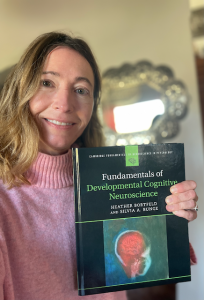Check out this video from our team describing fNIRS (functional near-infrared spectroscopy) for kids!
-
Search It!
-
Recent Entries
- Explaining fNIRS to kids!
- Are groovy brains more efficient?
- Breaking the mould of executive function research
- Lateral frontoparietal functional connectivity based on individual sulcal morphology
- Illuminating the Brain Consortium
- Newly published textbook on developmental cognitive neuroscience!
- We are currently hiring!
- Development of human lateral prefrontal sulcal morphology and its relation to reasoning performance
- Uncovering a tripartite landmark in posterior cingulate cortex
- Presence or absence of a prefrontal sulcus is linked to reasoning performance during child development
-
Links


